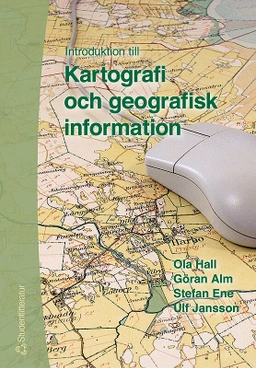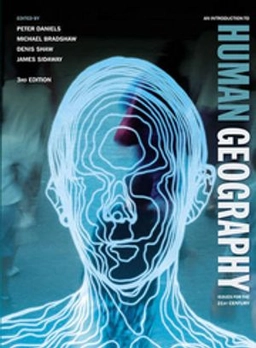Mobility is fundamental to economic and social activities such as commuting, manufacturing, or supplying energy. Each movement has an origin, a potential set of intermediate locations, a destination, and a nature which is linked with geographical attributes. Transport systems composed of infrastructures, modes and terminals are so embedded in the socio-economic life of individuals, institutions and corporations that they are often invisible to the consumer. This is paradoxical as the perceived invisibility of transportation is derived from its efficiency. Understanding how mobility is linked with geography is main the purpose of this book.
The third edition of The Geography of Transport Systems has been revised and updated to provide an overview of the spatial aspects of transportation. This text provides greater discussion of security, energy, green logistics, as well as new and updated case studies, a revised content structure, and new figures. Each chapter covers a specific conceptual dimension including networks, modes, terminals, freight transportation, urban transportation and environmental impacts. A final chapter contains core methodologies linked with transport geography such as accessibility, spatial interactions, graph theory and Geographic Information Systems for transportation (GIS-T).
This book provides a comprehensive and accessible introduction to the field, with a broad overview of its concepts, methods, and areas of application. The accompanying website for this text contains a useful additional material, including digital maps, PowerPoint slides, databases, and links to further reading and websites. The website can be accessed at: http://people.hofstra.edu/geotrans This text is an essential resource for undergraduates studying transport geography, as well as those interest in economic and urban geography, transport planning and engineering.
Åtkomstkoder och digitalt tilläggsmaterial garanteras inte med begagnade böcker





















